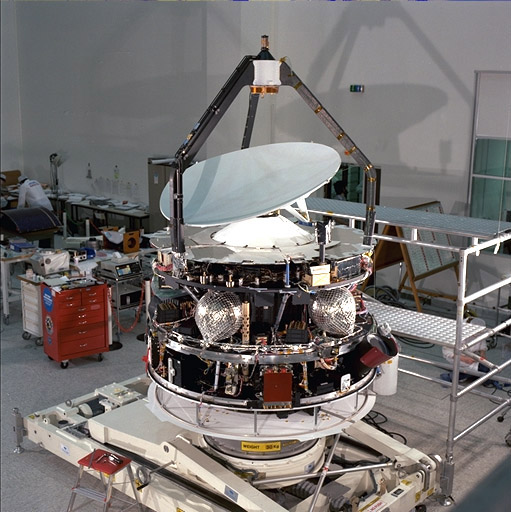
When the Giotti spacecraft launched on its voyage to explore Halley’s Comet in 1985, it was an invention by the son of an Iowa farmer decades earlier that allowed the mission to be successful.
The most difficult problem of the mission to overcome was how to ensure that Giotto survived long enough to snap its close-up images of the comet nucleus while the spacecraft and the comet were heading towards each other at a combined speed of 245 000 km/hour (equivalent to crossing the Atlantic Ocean in 11 minutes!). At this speed, a 0.1-gram dust particle would be able to penetrate 8 cm of solid aluminium.
Since it was out of the question to equip Giotto with a 600-kg aluminium shield, engineers turned to a more subtle, ‘sandwich’ design first proposed by American astronomer Fred Whipple back in 1946 – long before the beginning of the Space Age.
Whipple was born in Red Oak, Iowa in 1906. He earned his degrees in Mathematics and Astronomy. During WWII he invented a machine which was used to create tiny pieces of aluminum foil – chaffe – that were dropped from planes and confused radar. He followed that with his idea for a meteoroid bumper that would vapourise small particles upon impact.
Giotti’s dust shield consisted of two protective sheets. At the front was a sheet of aluminium (1 mm thick), which would vapourise all but the largest of the incoming dust particles. A 12-mm thick sheet of Kevlar at the rear would absorb any debris that pierced the front barrier. Together they could withstand impacts from particles 1 gram in mass travelling 50 times faster than a bullet.
The ESA-led mission was not the only spacecraft to take advantage of Whipple’s idea. The International Space Station uses a variety of Whipple Shields to protect it from impact damage
More from Week 10:
This Week in History Comet of the Week Special Topic Free PDF Download Glossary
Ice and Stone 2020 Home Page


